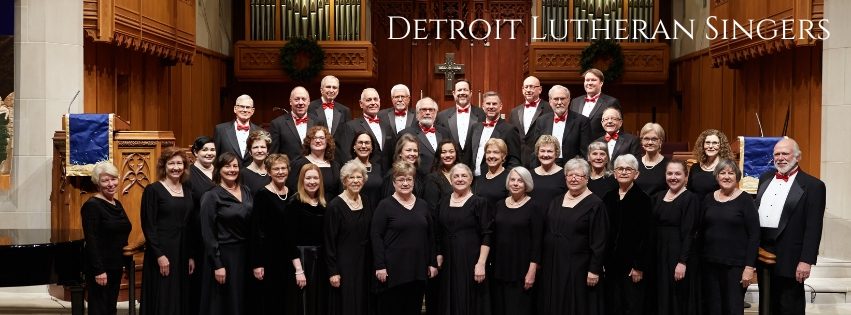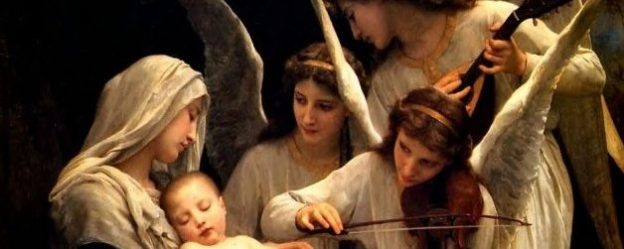Director’s Notes: A good portion of our concert this Christmas is excerpts from Ottorino Respighi’s “Laud to the Nativity.” Respighi is probably remembered most for his orchestral works, such as “The Pines of Rome,” or “The Fountains of Rome,” or perhaps “Ancient Airs and Dances,” or “Roman Festival.” Not very much of his choral or vocal works remains in the standard repertoire, even though many of those works may be fine.
Interestingly, “Laud to the Nativity” is Respighi’s only known religious work. He wrote this piece (1930) near the end of his composing career, and it contains elements of what captured his imagination for most of his life: style elements from the Baroque and Renaissance periods. However, being a composer in the early part of the 20th century, Respighi infused his music with the harmonic vocabulary and lushness of Romanticism and Impressionism. The entire work’s performance takes approximately 30 minutes; is in a continuous stream of music which tells the story of Christ’s birth from the viewpoint of the Angel, the shepherds, and Mary; and is accompanied by a woodwind sextet rather than an orchestra.
Even though we are not presenting the entire work (you will be hearing selections totaling 17 minutes) and we are relying on the organ for accompaniment, I urge you to take the time this season to listen to this masterpiece in it’s entirety. Listen for similarities with Gian Carlo Menotti’s “Amahl and the Night Visitors”. Listen for Medieval-style dances. Listen as the story unfolds like a play. Let this be your invitation to explore the many other expressions of this season and enjoy!
– Chris Hall


